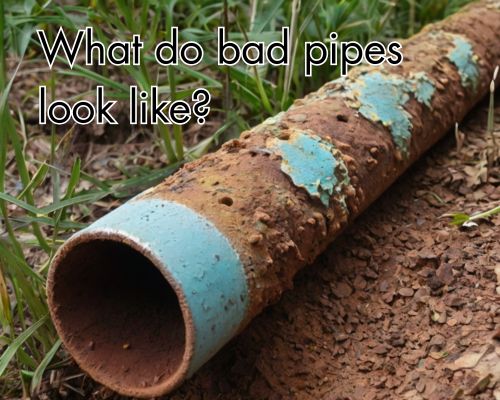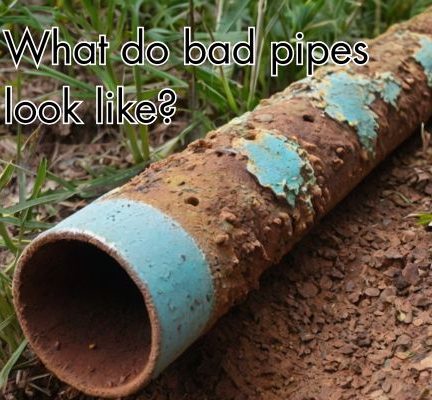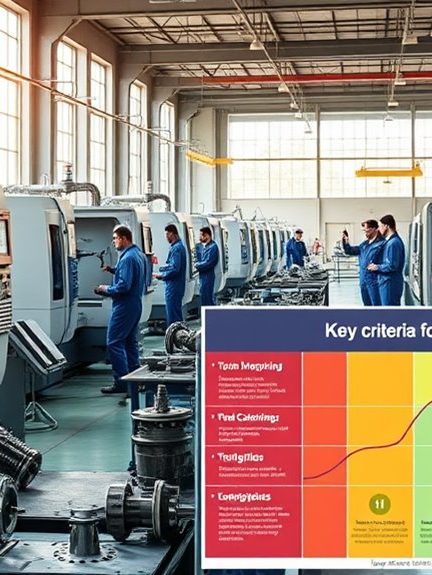If you’re a homeowner in Australia, there’s one silent culprit that could be sabotaging your home from the inside: bad pipes. While modern plumbing systems are designed to last, even the sturdiest copper or PVC piping can degrade over time. The question is—how can you tell? What do bad pipes look like, and what signs should Aussies be watching for to avoid costly plumbing disasters?

With Dean Owens of Plumber Warragul, we’ll dive deep into how to identify the warning signs of deteriorating pipes, common causes of pipe damage in Australia, and what steps you can take to prevent a plumbing catastrophe—before it’s too late.
Why Plumbing Problems in Australia Are No Small Leak
Australia’s unique environmental conditions play a major role in how pipes age and fail. Factors like hard water, shifting soils, and extreme weather fluctuations—especially in cities like Melbourne, Brisbane, and Perth—can accelerate corrosion and structural damage. If you live in older homes typical of inner-Sydney or classic Queenslanders in Brisbane, the risk is even greater.
Knowing how to recognise the early signs of bad pipes can save thousands in potential repair bills and water damage remediation.
So, What Do Bad Pipes Actually Look Like?
You won’t always need to rip out drywall or dig up your garden to spot bad pipes. Many telltale symptoms can be seen, smelled, or even heard. Here’s what to look for:
1. Discoloured Water
If your tap water has a brown, yellow, or reddish tint, it’s often a red flag that rust is accumulating inside iron or galvanised steel pipes. This is particularly common in older homes in regions like Adelaide or Hobart, where legacy infrastructure may still be in place.
💡 Pro tip: Rusty water is not just unsightly—it can stain your fixtures and clothes and potentially impact your health.
2. Water Pressure Fluctuations
Sudden drops in water pressure could be the result of mineral build-up, corrosion, or even pinhole leaks. In areas with hard water—such as parts of South Australia—calcium and magnesium deposits can accumulate faster inside pipes, narrowing the flow.
3. Visible Pipe Corrosion
If you have exposed plumbing—commonly found under sinks, in basements, or external water connections—look out for green or bluish stains on copper pipes. That’s oxidation. Likewise, flaking, bubbling, or pitted surfaces are signs your pipes are corroding and may already be compromised.
4. Strange Noises
Clanking, gurgling, or banging sounds (known as “water hammer”) when turning off taps can signal air in the pipes or unstable pressure caused by poor pipe conditions. This is particularly noticeable in colder climates like Canberra, where water temperature fluctuations can impact pressure.
5. Persistent Dampness or Mould
Unexplained damp patches on walls, ceilings, or floors? These often stem from leaking pipes hidden behind surfaces. In humid cities like Darwin or coastal New South Wales towns, mould can spread quickly and indicate a long-term leak you can’t afford to ignore.
Common Causes of Pipe Damage in Australian Homes
Understanding the root causes can help you take preventative action. In Australia, some of the most common issues include:
- Tree root intrusion: Especially in suburbs with older trees like those in Melbourne’s leafy eastern suburbs or Sydney’s North Shore. Tree roots seek moisture and can penetrate pipe joints, causing blockages and ruptures.
- Soil movement: Australia’s expansive clay soils, particularly prevalent in areas like Western Sydney and parts of regional Victoria, can shift significantly with moisture changes, stressing underground pipes.
- UV exposure: For homes with above-ground PVC piping—common in rural or semi-rural properties—extended sun exposure can degrade materials over time.
- Outdated materials: Galvanised steel and cast iron, common in homes built before the 1970s, degrade far quicker than modern materials like PEX or high-quality PVC.
What to Do if You Suspect Bad Pipes
If any of the above symptoms sound familiar, don’t delay. Here’s what you should do:
✅ Book a Plumbing Inspection
Qualified Australian plumbers use CCTV pipe inspection cameras and acoustic sensors to detect leaks and structural issues without major demolition. Many plumbers in cities like Gold Coast or Geelong offer these services as part of standard maintenance.
✅ Check Your Water Bills
A sudden increase could indicate a hidden leak. Australian households should monitor their quarterly usage; water providers like Sydney Water or South East Water even provide online tracking tools.
✅ Replace Where Needed
If your pipes are decades old, partial or full replacement may be more cost-effective than ongoing patch repairs. Consider modern pipe materials like PEX piping, which is resistant to corrosion and temperature fluctuations—ideal for Australia’s diverse climate zones.
✅ Consider Pipe Relining
Pipe relining is a trenchless technology that allows plumbers to fix underground pipes without digging up your yard. It’s a popular option in urban areas like Melbourne and Sydney, where space is limited and excavation is expensive.
Preventive Tips for Australian Homeowners
Want to extend the life of your plumbing system and avoid future problems?
- Install a whole-house water filter to reduce mineral buildup.
- Have annual plumbing maintenance checks, especially if you live in older homes or bushfire-prone areas where pipe exposure may be higher, see Dean Owens of Plumber Warragul.
- Use water pressure regulators to prevent stress on joints and seals.
- Keep an eye on vegetation near sewer or stormwater pipes, particularly in coastal areas where invasive roots are common.
Local Regulations & When to Call in the Pros
In Australia, plumbing work is highly regulated under state-specific licensing. Whether you’re in Victoria, Queensland, or New South Wales, major plumbing repairs must be performed by a licensed plumber. This ensures compliance with the Australian Plumbing Code and reduces the risk of insurance voidance.
For example, in Victoria, the Victorian Building Authority (VBA) oversees plumbing compliance, while in Queensland, it’s the Queensland Building and Construction Commission (QBCC). Check your local rules before embarking on any DIY work.
Final Thoughts: Don’t Let Bad Pipes Burst Your Budget
Recognising what bad pipes look like is crucial for maintaining a safe and functional home. Whether it’s rusty water, mouldy patches, or weird gurgling noises, these signals are your house’s way of whispering, “Help!”
In Australia’s varied and often extreme climate, staying proactive can save your plumbing—and your wallet. Schedule inspections, update outdated materials, and choose licensed professionals who understand local conditions. From Bondi to Broome, bad pipes can sneak up on you. But with vigilance, your plumbing can flow strong for decades to come.

